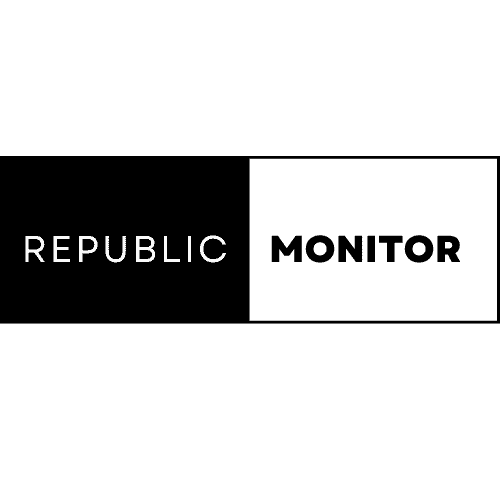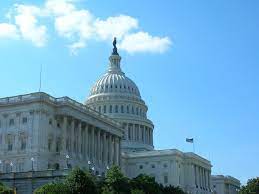The SECURE Act 2.0 Dilemma: Hesitation in Embracing Student Loan Matching
The recently enacted SECURE Act 2.0, with its provision allowing employers to match student loan payments with retirement contributions, has introduced a potential game-changer in workplace benefits. However, despite the legislative green light, employers seem hesitant to swiftly adopt this new perk, leaving employees grappling with the age-old dilemma of student loan repayment versus retirement savings.

Understanding the Resistance: Will Employers Accept Student Loan Matching under SECURE Act 2.0?
SECURE Act 2.0 and the Student Loan Matching Provision
Enacted in December 2022, the SECURE Act 2.0 aimed to address the financial juggling act many Americans face between repaying student loans and saving for retirement. For the first time in 2024, employers gained the ability to count student loan payments as contributions eligible for matching 401(k) or other retirement plans. The intent was to alleviate the burden on individuals torn between these two critical financial priorities.
Employer Hesitation Amid Economic Uncertainty
Despite the potential benefits of this innovative approach, economic concerns appear to be dampening the enthusiasm among employers. Lingering worries about a possible economic slowdown and cost control pressures have created a cautious atmosphere. According to a survey by the Plan Sponsor Council of America, nearly two-thirds of companies indicated they have no plans to offer student loan matching, with only a meager 5% implementing or planning to implement it this year.
Factors Influencing Employer Reluctance
Various factors contribute to this reluctance, ranging from concerns about the cost and complexity of implementing the benefit to competing priorities and a perceived lack of interest or necessity. Aaron Terrazas, Chief Economist at job site Glassdoor, points out that compensation teams are currently focused on cost control, potentially hindering the expansion of benefit offerings.
Industry Variances in Adoption
While a general hesitation prevails, certain industries, particularly health care and professional services, are expected to be early adopters. These sectors, driven by the need to attract and retain talent, may move more swiftly in offering the student loan matching benefit.
Understanding Student Loan Matching
The concept of student loan matching involves employers contributing to an employee’s 401(k), 403(b), or other qualifying retirement accounts when the employee makes a student loan payment. The structure mirrors traditional 401(k) matching, with the exact match percentage, eligibility, and vesting rules being the same.
Outlook for 2024: Growing Interest, Slow Adoption
As we progress into 2024, industry experts, including Tom Armstrong, Vice President of Customer Analytics & Insight at Voya Financial, anticipate a growing interest in student loan matching benefits. However, the mass adoption may be slow, with concerns about the ongoing student debt crisis driving companies to consider various student loan benefits beyond this particular matching provision.
Stacey MacPhetres, Senior Director of Education Finance at EdAssist by Bright Horizons, suggests that while student loan benefits may become common, the specific student loan matching might not be the frontrunner. The evolving landscape of workplace benefits will likely see continuous exploration and innovation to address the persistent challenges faced by the workforce.
















